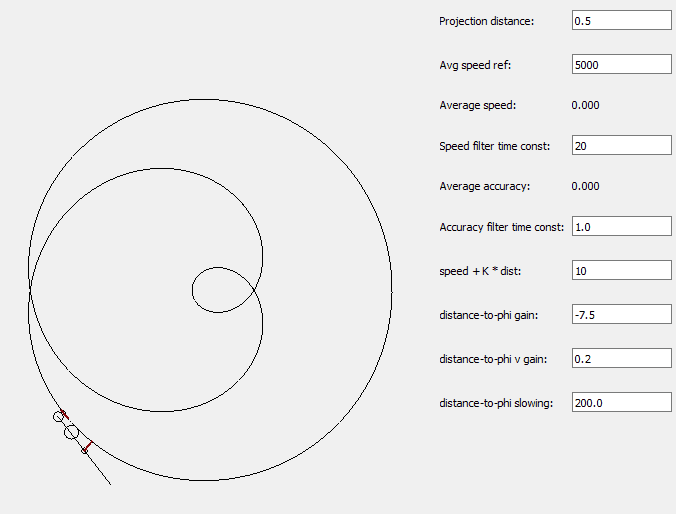As you drive down the road, you attempt to keep your car more-or-less centered in its lane despite the effects of disturbances. But how do you accomplish this? A simple model based on proportional control would seem to work well: Forces that tend to push the car away from the centerline (your reference level for perceived position on the road as viewed through the windscreen), an error develops between your reference and perceived positions, and this error drives an output function that adjusts the car’s steering-wheel position. This turns the car’s front wheels to produce a counter-force that opposes the disturbance.
With a proportional controller, the output is error-driven, so the system can produce a counteracting force only if error is present. The magnitude of the output depends not only on the size of the error, but also on the loop gain of the system: As loop gain increases, the amount of error needed to generate a given level of output gets smaller and the perception more closely matches the reference.
Let’s assume there is a strong, steady crosswind from the right. This generates a force on the car tending to push the car toward the left side of the lane. In our proportional control system model, this will generate an error, causing you to turn the steering wheel clockwise, which angles the front wheels toward the right, thus generating a counterforce to oppose the force of the wind. In the steady state, the proportional system will keep the wheels turned as needed to oppose the wind-force, but the car will not return to the centerline as there needs to be some error between perceived position and reference if the counteracting output is to be maintained. If the gain of this system is low, there may be a relatively large remaining positional error.
Of course, we don’t drive that way, or at least I don’t. I continue to keep the wheels turned until the car returns to the centerline despite the continued force of the wind acting on the car. So a pure proportional control system does not provide an adequate model of human car-steering behavior.
To correct this flaw, we can add integral control. With integral control, the error between reference and perception cumulates over time (integrates). As with proportional control, this error, which in the case of our constant wind-disturbance would be growing rapidly, produces as before an output proportional to the error, an output that opposes the effect of the disturbance (wind-force) on the perceived position of the car. However, with integral control, the system can decrease the error only by producing an opposing error (error of the opposite sign) that when added to the integral error, reduces it. To accomplish this as a driver, you would have to continue keeping the wheels turned to the right until your car crossed the center of the lane (your reference position), then correct in the other direction to bring the car back to center. This will allow the simulated car to return to the center (as the human driver does) despite the continued effect of the disturbance.
But is this a good model of a human driver’s control of perceived car position? I myself do not perceive myself to be acting in this way unless I have inadvertently over-corrected. Instead, I turn the steering wheel to produce a relatively steady return toward the center and then reduce the steering wheel angle as the car approaches my reference position for it, until the car stops moving toward the right just as I reach the reference position. Perhaps proportional-integral control can accomplish this with the right gains for the proportional and integral terms. Rupert has done modeling of car-steering: Rupert, what are your thoughts on this? (Comments from others are welcome as well.)
